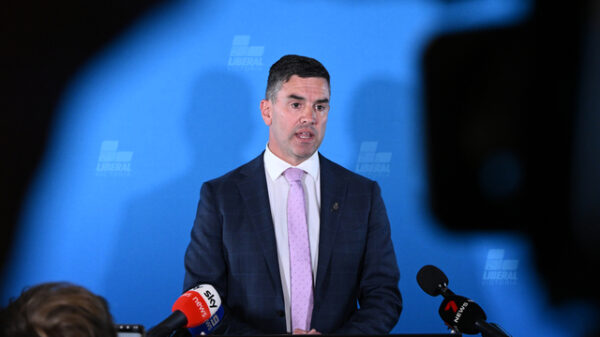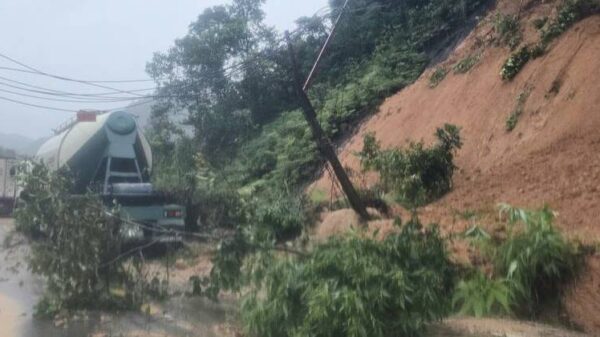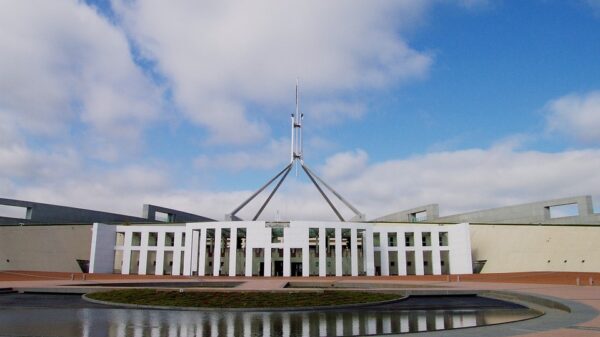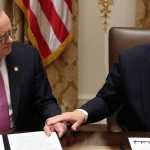Japan’s economy has contracted for the first time in over a year, recording a decline of 1.8 percent in the July to September 2023 quarter. This downturn marks the first year-on-year drop in growth in six quarters, as the impact of tariffs imposed by the administration of former U.S. President Donald Trump begins to take toll on the nation’s exports.
During this period, Japanese exports fell by 1.2 percent, heavily influenced by the automotive sector, which has been particularly affected by increased U.S. duties. In July, Japan reached a trade agreement with the U.S., committing to invest $550 billion in the American economy. In exchange, Japan received a 15 percent blanket tariff on its exports, a rate lower than initially threatened but still damaging to its economic landscape.
Stefan Angrick, a senior economist at Moody’s Analytics in Tokyo, noted, “Fifteen percent is better than expected, but this is going to hurt regardless.” He explained that the earlier momentum in Japanese exports, driven by companies rushing to make purchases before the tariffs took effect, is now fading.
The contraction in Japan’s economy highlights the broader implications of Trump’s trade policies, which are disrupting global markets and imposing pressure on several key trading partners. Japan has faced challenges as Chinese automakers expand their presence in both domestic and developing markets, diminishing Japan’s access to reliable export avenues for high-value products like Toyota vehicles and automotive components.
As domestic industries, particularly auto manufacturers, adopt cost-saving measures, Angrick warned of potential ripple effects throughout the economy. These could include slower job creation, reduced investment, and more modest wage increases. He stated, “For Japan, it’s kind of hard to see a way out of this.”
Challenges in Domestic Consumption
Another significant factor affecting Japan’s economic performance has been weak private consumption. The consumer sector struggled, with consumption growth remaining nearly flat at 0.1 percent compared to the previous year. The persistence of high prices for essential goods such as food and energy has contributed to this stagnation.
In response to these economic challenges, Japan’s new government is drafting a supplemental budget intended to stimulate the economy. This budget is expected to be presented to parliament before the end of the year, focusing on immediate relief measures, including subsidies for households facing rising living costs. Additionally, it may include investments in key growth sectors such as artificial intelligence, semiconductors, and shipbuilding.
Angrick suggested that while trade metrics might improve in the coming months as the effects of front-loading exports diminish, the lingering question remains regarding the long-term impact of sustained U.S. tariffs on Japan’s economic growth trajectory.
Implications for Monetary Policy
The signs of fragility within the Japanese economy could also hinder the Bank of Japan’s ability to raise interest rates above its current historic low of 0.5 percent. Earlier expectations of a potential rate increase this year have largely dissipated.
Even with planned government spending, the ongoing weakness in private consumption and the persistent risks associated with exports suggest that “the sluggish state of the Japanese economy is unlikely to change,” according to Takahide Kiuchi, executive economist at Nomura Research Institute.
As Japan navigates this challenging economic landscape, the implications of both domestic and international pressures will be crucial in shaping its future economic policies and growth prospects.
































































